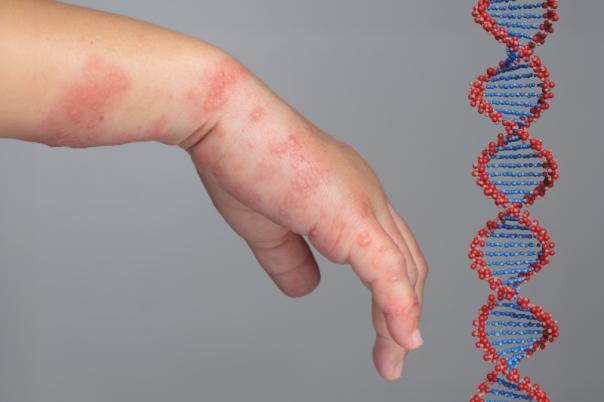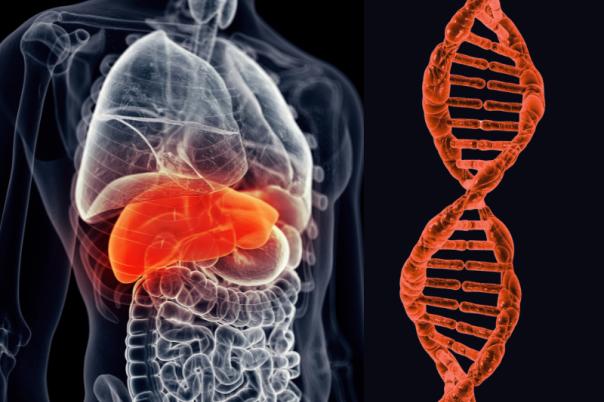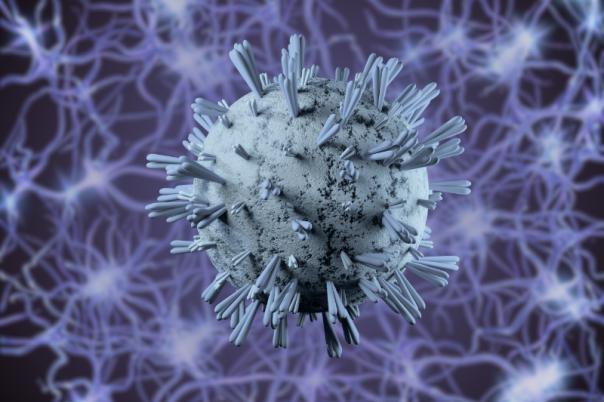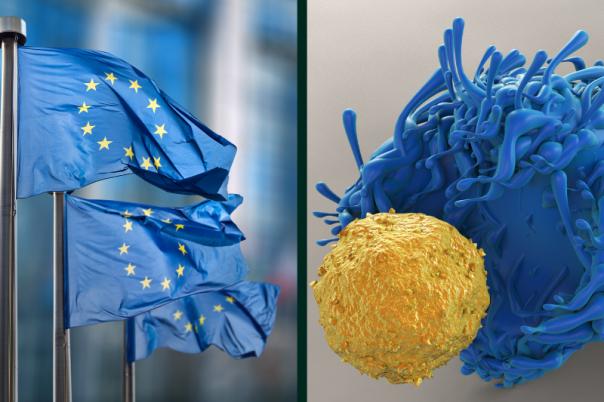Yu-Tsan (Richard) Liu, Senior Scientist at UCB discussed the challenges linked to adeno-associated viruses (AAV) downstream processing. He explained the main complexity associated with AAV downstream processing; often the capsid and gene of interest will have different serotypes leading to variations in viral capsid proteins. Liu continued: “So that means our product is very complicated and during capsid packaging, we'll get different species like a full and empty impurity like the picture shows here. So it's not as though we just got the only one product.”
Separating full and empty capsids is challenging because they share a similar isoelectric point. During downstream processing obtaining a product with high purity is the goal, however obtaining purity requires removing impurities which has a knock-on effect on total volume and yield. Liu stressed that during upstream processing the balance of product quality and yield must be considered.
The downstream purification process involves steps like clarification, chromatography, virus removal filtration, and ultrafiltration/diafiltration (UF/DF). At various points in the process, there are bottlenecks including step material loss, material demand during development, balance of product quality and yield and process, and product-related impurities and contaminants.
The majority of biopharma players apply a two-step chromatography purification process but minimizing the number of steps downstream is one way to combat bottlenecks. Liu stated: “For example, maybe we can just directly load the harvest from clarification on to
the next chromatography step directly, so we can save at least one step.” So, using a one-step chromatography approach could reduce yield loss and shorten the process time.
Viral clearance is particularly complex, as AAVs themselves are viral particles. Unlike traditional protein biology processes, low pH inactivation and robust filtration are less effective for AAVs due to particle sensitivity and size limitations. Detergent treatments and carefully designed chromatography steps are critical to addressing these issues. Early-stage viral clearance studies, though not mandatory, are often performed to gather data for late-stage regulatory compliance.
To finalize, it is crucial to strike a balance between quality, yield, and safety in the downstream process. To achieve this, it is essential to adapt and tweak methodologies from protein purification where possible.





